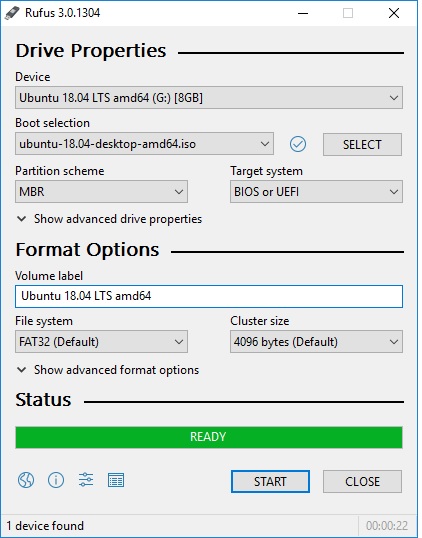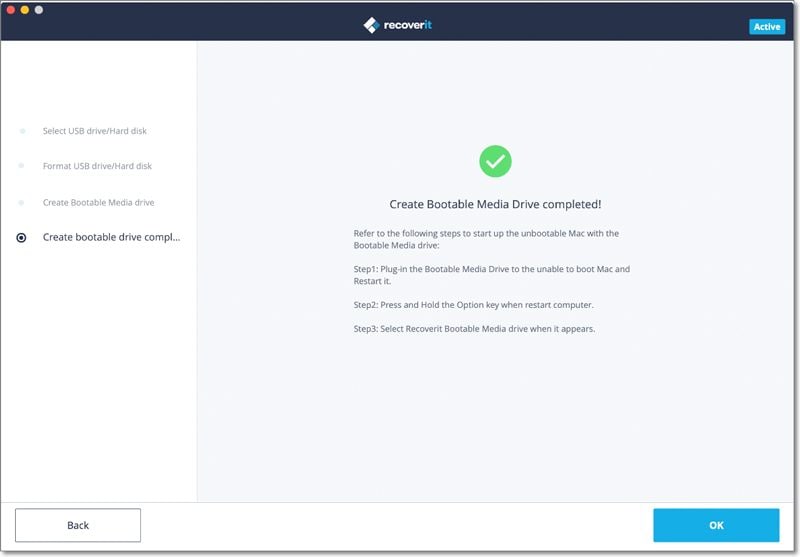
An ISO file for the desired operating system that contains all setup files that you need for installation.If the drive is already being used, make sure that it doesn’t contain any important or indispensable data. To obtain a high working speed (or enable the creation of a portable operating system), the selected drive should support the standard USB 3.0. A USB drive with at least 4GB of storage (for a 32-bit operating system) or at least 8GB (for a 64-bit system).The Windows utility program DiskPart or an external tool with the same functions.

Regardless of which option you choose, you always need the following things: The first option seems a bit complicated at first glance, and because of the various manual steps is slightly more error-prone, but it’s still doable even if you’re not an expert. There are basically two possible methods: either manually or using automated tools.


Even if no such PC emergency is present, it’s a good idea to have a Windows image for data backup on a USB-capable storage medium (could also be an external hard drive) on hand.


 0 kommentar(er)
0 kommentar(er)
